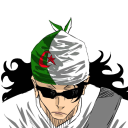Undeadguy

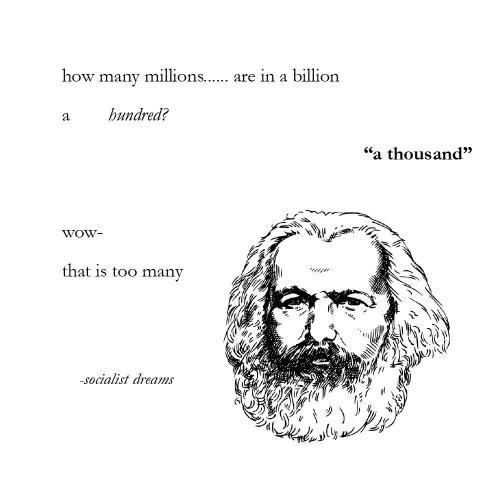
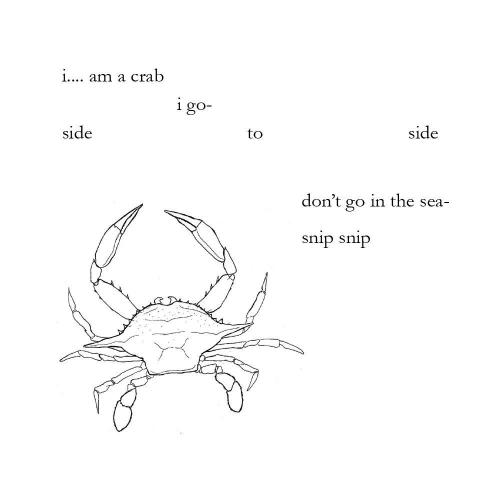
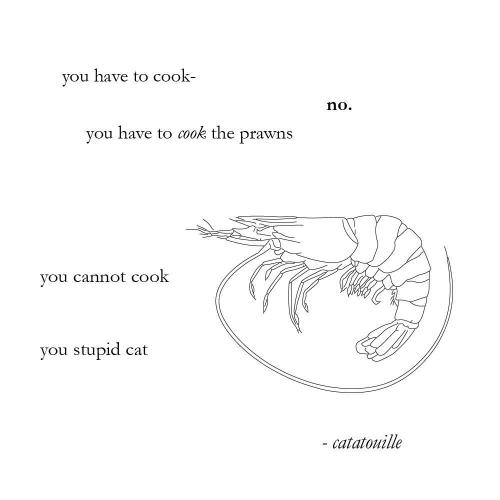
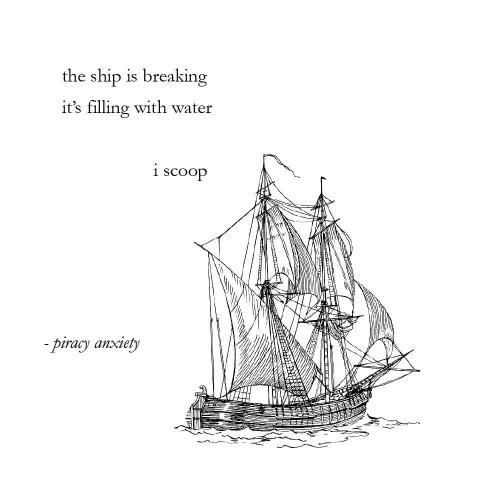
More Posts from Undeadguy and Others

The best time to have planted a tree was 20 years ago. The second best time is now. Did you plant one 19 years ago? You may as well just go fuck yourself
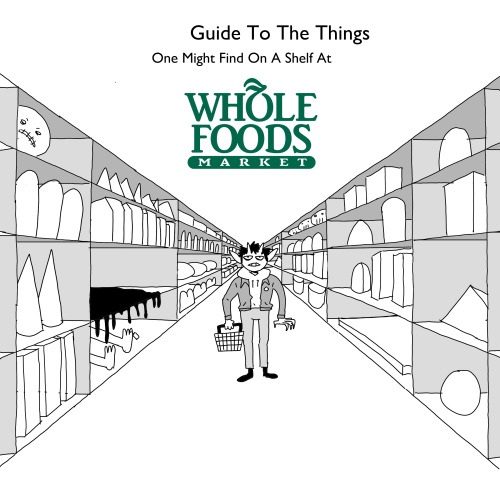
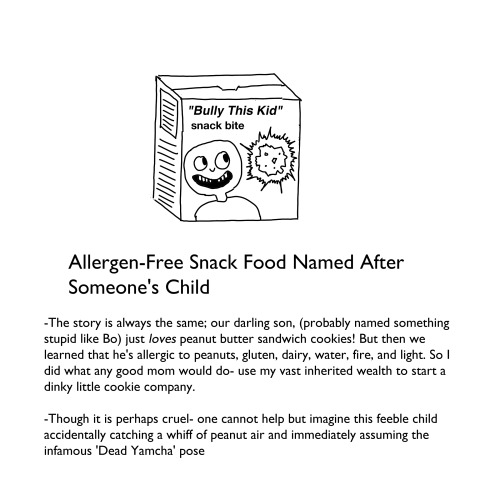
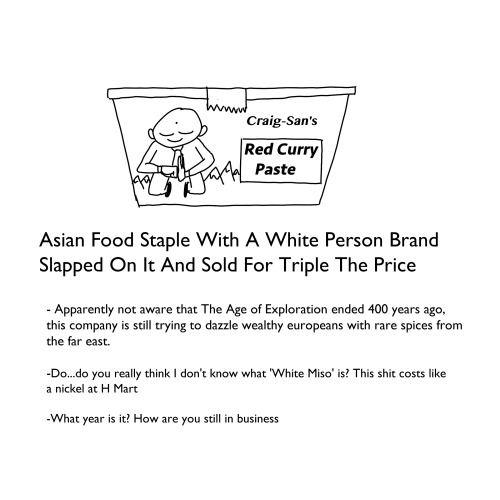
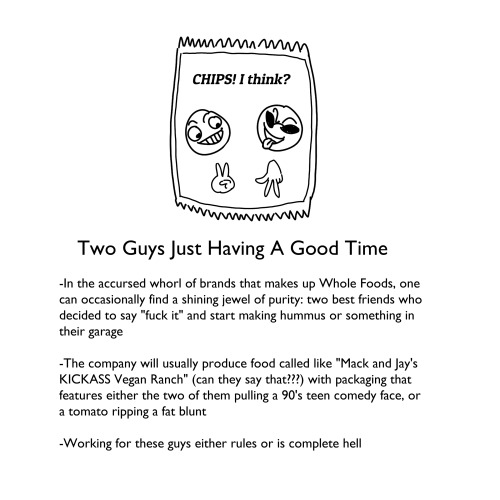
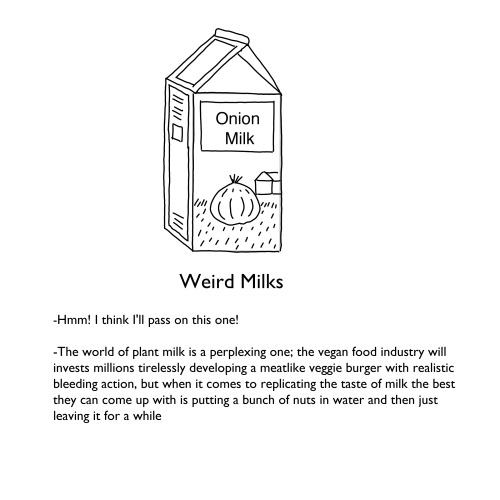
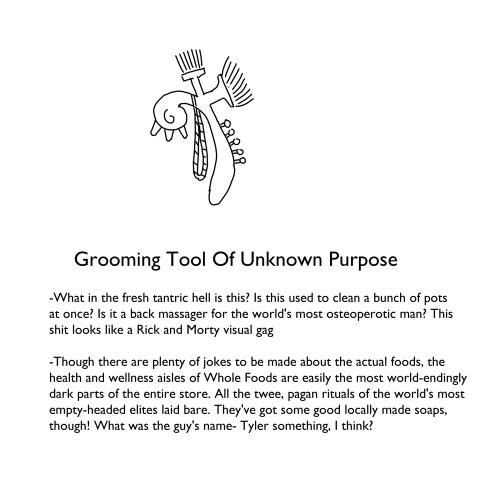
Guide to Whole Foods
oh! i should totally tell them about- *glances at my "am i being annoying" meter in the corner of my vision* ...i often find such peace in silent reflection 😌
ending a story in other languages
kurdish: “my story went to other homes, god bless the mothers and fathers of its listeners” (Çîroka min çû diyaran, rehmet li dê û bavê guhdaran.)
greek: “and they lived well, and we lived better” (και ζήσανε αυτοί καλά και εμείς καλύτερα)
afrikaans: “whistle whistle, the story is done” (fluit fluit, die storie is uit)
goemai: “my tale has finished, (it) has returned to go (and) come home.” (tamtis noe lat / dok ba muaan yi wa)
amharic: “return my story and feed me bread” (ተረቴን መልሱ አፌን በዳቦ አብሱ::)
bengali: “my story ends and the spinach is eaten by the goat” (aamaar kothati furolo; Notey gaachhti murolo) *means something is irreversibly ended because goats eats herbs from the root
norwegian: “snip snap snout, the tale is finished” (snipp snapp snute, så er eventyret ute”
polish: “and i was there [at the wedding] too, and drank mead and wine.” (a ja tam byłem, miód i wino piłem.)
georgian: “disaster there, feast here… bran there, flour here…” (ჭირი – იქა, ლხინი – აქა, ქატო – იქა, ფქვილი – აქა)
hungarian: “this is the end, run away with it” (itt a vége, fuss el véle)
turkish: “lastly, three apples fell from the sky; one for our story’s heroes, one for the person who told their tale, and one for those who listened and promise to share. And with that, they all achieved their hearts’ desires. Let us now step up and settle into their thrones.” (Gökten üç elma düşmüş; biri onların, biri anlatanın, diğeri de dinleyenlerin başına. Onlar ermiş muradına, biz çıkalım kerevetine.)
the library.
ONE: The library is simply that. The Library. It has no name - at least, not one in human tongue.
TWO: You do not find the library. The library finds you. You will see it when and if you need it, no matter what. It is open all year round, every hour of the day. It never closes. Never.
THREE: The librarian is always on duty, whether you see them or not. You may worry that they are not sleeping enough, or are not taking care of themselves. Do not. They do not need your concern.
FOUR: The library, for all intents and purposes, appears to have only two floors from the outside. Occasionally, you may hear movement in floors above and below which you cannot locate. That is okay. Those floors are simply not meant for you.
FIVE: You may borrow any books you need. Do not worry about returns - they will find their own way back.
SIX: There is no visible organisational system. Feel free to ask the librarian for help or assistance - they will point you to the right shelves, and vice versa.
SEVEN: Occasionally, you may see a book vanish before your eyes. Do not be alarmed. Something else has simply borrowed it, and it will be returned soon enough.
EIGHT: Time passes differently within the library. When you leave, do not be concerned if it is far later (or, in some cases, earlier) than it was when you came in.
NINE: Ultimately, the library is a quiet place. However, if you ever notice that even the books have stopped breathing, alert the librarian and exit as calmly and quickly as possible. They will deal with it.
*thinks abt videogames*: now this is epic. I feel safe and warm and soft and happy. yes... this is good.
*Thinks about the videogame industry*: oh. oh no. Uh oh! Uh oh! Uh oh! A thousand curses and devils
but can this ai "generate" you some bitches? lol.
putting this here cuz my dumbass needs it
Story Structures for your Next WIP
hello, hello. this post will be mostly for my notes. this is something I need in to be reminded of for my business, but it can also be very useful and beneficial for you guys as well.
everything in life has structure and storytelling is no different, so let’s dive right in :)
First off let’s just review what a story structure is :
a story is the backbone of the story, the skeleton if you will. It hold the entire story together.
the structure in which you choose your story will effectively determine how you create drama and depending on the structure you choose it should help you align your story and sequence it with the conflict, climax, and resolution.
1. Freytag's Pyramid
this first story structure i will be talking about was named after 19th century German novelist and playwright.
it is a five point structure that is based off classical Greek tragedies such as Sophocles, Aeschylus and Euripedes.
Freytag's Pyramid structure consists of:
Introduction: the status quo has been established and an inciting incident occurs.
Rise or rising action: the protagonist will search and try to achieve their goal, heightening the stakes,
Climax: the protagonist can no longer go back, the point of no return if you will.
Return or fall: after the climax of the story, tension builds and the story inevitably heads towards...
Catastrophe: the main character has reached their lowest point and their greatest fears have come into fruition.
this structure is used less and less nowadays in modern storytelling mainly due to readers lack of appetite for tragic narratives.

2. The Hero's Journey
the hero's journey is a very well known and popular form of storytelling.
it is very popular in modern stories such as Star Wars, and movies in the MCU.
although the hero's journey was inspired by Joseph Campbell's concept, a Disney executive Christopher Vogler has created a simplified version:
The Ordinary World: The hero's everyday routine and life is established.
The Call of Adventure: the inciting incident.
Refusal of the Call: the hero / protagonist is hesitant or reluctant to take on the challenges.
Meeting the Mentor: the hero meets someone who will help them and prepare them for the dangers ahead.
Crossing the First Threshold: first steps out of the comfort zone are taken.
Tests, Allie, Enemies: new challenges occur, and maybe new friends or enemies.
Approach to the Inmost Cave: hero approaches goal.
The Ordeal: the hero faces their biggest challenge.
Reward (Seizing the Sword): the hero manages to get ahold of what they were after.
The Road Back: they realize that their goal was not the final hurdle, but may have actually caused a bigger problem than before.
Resurrection: a final challenge, testing them on everything they've learned.
Return with the Elixir: after succeeding they return to their old life.
the hero's journey can be applied to any genre of fiction.

3. Three Act Structure:
this structure splits the story into the 'beginning, middle and end' but with in-depth components for each act.
Act 1: Setup:
exposition: the status quo or the ordinary life is established.
inciting incident: an event sets the whole story into motion.
plot point one: the main character decided to take on the challenge head on and she crosses the threshold and the story is now progressing forward.
Act 2: Confrontation:
rising action: the stakes are clearer and the hero has started to become familiar with the new world and begins to encounter enemies, allies and tests.
midpoint: an event that derails the protagonists mission.
plot point two: the hero is tested and fails, and begins to doubt themselves.
Act 3: Resolution:
pre-climax: the hero must chose between acting or failing.
climax: they fights against the antagonist or danger one last time, but will they succeed?
Denouement: loose ends are tied up and the reader discovers the consequences of the climax, and return to ordinary life.

4. Dan Harmon's Story Circle
it surprised me to know the creator of Rick and Morty had their own variation of Campbell's hero's journey.
the benefit of Harmon's approach is that is focuses on the main character's arc.
it makes sense that he has such a successful structure, after all the show has multiple seasons, five or six seasons? i don't know not a fan of the show.
the character is in their comfort zone: also known as the status quo or ordinary life.
they want something: this is a longing and it can be brought forth by an inciting incident.
the character enters and unfamiliar situation: they must take action and do something new to pursue what they want.
adapt to it: of course there are challenges, there is struggle and begin to succeed.
they get what they want: often a false victory.
a heavy price is paid: a realization of what they wanted isn't what they needed.
back to the good old ways: they return to their familiar situation yet with a new truth.
having changed: was it for the better or worse?
i might actually make a operate post going more in depth about dan harmon's story circle.
5. Fichtean Curve:
the fichtean curve places the main character in a series of obstacles in order to achieve their goal.
this structure encourages writers to write a story packed with tension and mini-crises to keep the reader engaged.
The Rising Action
the story must start with an inciting indecent.
then a series of crisis arise.
there are often four crises.
2. The Climax:
3. Falling Action
this type of story telling structure goes very well with flash-back structured story as well as in theatre.

6. Save the Cat Beat Sheet:
this is another variation of a three act structure created by screenwriter Blake Snyder, and is praised widely by champion storytellers.
Structure for Save the Cat is as follows: (the numbers in the brackets are for the number of pages required, assuming you're writing a 110 page screenplay)
Opening Image [1]: The first shot of the film. If you’re starting a novel, this would be an opening paragraph or scene that sucks readers into the world of your story.
Set-up [1-10]. Establishing the ‘ordinary world’ of your protagonist. What does he want? What is he missing out on?
Theme Stated [5]. During the setup, hint at what your story is really about — the truth that your protagonist will discover by the end.
Catalyst [12]. The inciting incident!
Debate [12-25]. The hero refuses the call to adventure. He tries to avoid the conflict before they are forced into action.
Break into Two [25]. The protagonist makes an active choice and the journey begins in earnest.
B Story [30]. A subplot kicks in. Often romantic in nature, the protagonist’s subplot should serve to highlight the theme.
The Promise of the Premise [30-55]. Often called the ‘fun and games’ stage, this is usually a highly entertaining section where the writer delivers the goods. If you promised an exciting detective story, we’d see the detective in action. If you promised a goofy story of people falling in love, let’s go on some charmingly awkward dates.
Midpoint [55]. A plot twist occurs that ups the stakes and makes the hero’s goal harder to achieve — or makes them focus on a new, more important goal.
Bad Guys Close In [55-75]. The tension ratchets up. The hero’s obstacles become greater, his plan falls apart, and he is on the back foot.
All is Lost [75]. The hero hits rock bottom. He loses everything he’s gained so far, and things are looking bleak. The hero is overpowered by the villain; a mentor dies; our lovebirds have an argument and break up.
Dark Night of the Soul [75-85-ish]. Having just lost everything, the hero shambles around the city in a minor-key musical montage before discovering some “new information” that reveals exactly what he needs to do if he wants to take another crack at success. (This new information is often delivered through the B-Story)
Break into Three [85]. Armed with this new information, our protagonist decides to try once more!
Finale [85-110]. The hero confronts the antagonist or whatever the source of the primary conflict is. The truth that eluded him at the start of the story (established in step three and accentuated by the B Story) is now clear, allowing him to resolve their story.
Final Image [110]. A final moment or scene that crystallizes how the character has changed. It’s a reflection, in some way, of the opening image.
(all information regarding the save the cat beat sheet was copy and pasted directly from reedsy!)

7. Seven Point Story Structure:
this structure encourages writers to start with the at the end, with the resolution, and work their way back to the starting point.
this structure is about dramatic changes from beginning to end
The Hook. Draw readers in by explaining the protagonist’s current situation. Their state of being at the beginning of the novel should be in direct contrast to what it will be at the end of the novel.
Plot Point 1. Whether it’s a person, an idea, an inciting incident, or something else — there should be a "Call to Adventure" of sorts that sets the narrative and character development in motion.
Pinch Point 1. Things can’t be all sunshine and roses for your protagonist. Something should go wrong here that applies pressure to the main character, forcing them to step up and solve the problem.
Midpoint. A “Turning Point” wherein the main character changes from a passive force to an active force in the story. Whatever the narrative’s main conflict is, the protagonist decides to start meeting it head-on.
Pinch Point 2. The second pinch point involves another blow to the protagonist — things go even more awry than they did during the first pinch point. This might involve the passing of a mentor, the failure of a plan, the reveal of a traitor, etc.
Plot Point 2. After the calamity of Pinch Point 2, the protagonist learns that they’ve actually had the key to solving the conflict the whole time.
Resolution. The story’s primary conflict is resolved — and the character goes through the final bit of development necessary to transform them from who they were at the start of the novel.
(all information regarding the seven point story structure was copy and pasted directly from reedsy!)

i decided to fit all of them in one post instead of making it a two part post.
i hope you all enjoy this post and feel free to comment or reblog which structure you use the most, or if you have your own you prefer to use! please share with me!
if you find this useful feel free to reblog on instagram and tag me at perpetualstories
Follow my tumblr and instagram for more writing and grammar tips and more!
what does your bio mean? "the sea was never blue" ?
Homer used two adjectives to describe aspects of the colour blue: kuaneos, to denote a dark shade of blue merging into black; and glaukos, to describe a sort of ‘blue-grey’, notably used in Athena’s epithet glaukopis, her ‘grey-gleaming eyes’. He describes the sky as big, starry, or of iron or bronze (because of its solid fixity). The tints of a rough sea range from ‘whitish’ (polios) and ‘blue-grey’ (glaukos) to deep blue and almost black (kuaneos, melas). The sea in its calm expanse is said to be ‘pansy-like’ (ioeides), ‘wine-like’ (oinops), or purple (porphureos). But whether sea or sky, it is never just ‘blue’. In fact, within the entirety of ancient Greek literature you cannot find a single pure blue sea or sky.
— The Sea Was Never Blue, Maria Michela Sassi
What, from a cursory glance, appears blue generally has more to say. You lift a precious stone to the sunlight and it lights up, it refracts, but there’s always a side you can’t see. If you think you’ve thought of it all, think a little longer. There’s always more to consider.
-
 eibongrey reblogged this · 4 months ago
eibongrey reblogged this · 4 months ago -
 glitter---gutz liked this · 4 months ago
glitter---gutz liked this · 4 months ago -
 wecanseethemadness reblogged this · 4 months ago
wecanseethemadness reblogged this · 4 months ago -
 xisco-lozdob reblogged this · 5 months ago
xisco-lozdob reblogged this · 5 months ago -
 xisco-lozdob liked this · 5 months ago
xisco-lozdob liked this · 5 months ago -
 edelvicess liked this · 7 months ago
edelvicess liked this · 7 months ago -
 djajfresh reblogged this · 7 months ago
djajfresh reblogged this · 7 months ago -
 djajfresh liked this · 7 months ago
djajfresh liked this · 7 months ago -
 gentlepeech liked this · 10 months ago
gentlepeech liked this · 10 months ago -
 stornbreaker reblogged this · 10 months ago
stornbreaker reblogged this · 10 months ago -
 kazsama reblogged this · 10 months ago
kazsama reblogged this · 10 months ago -
 robobubby liked this · 1 year ago
robobubby liked this · 1 year ago -
 marquiseboi liked this · 1 year ago
marquiseboi liked this · 1 year ago -
 robobubby reblogged this · 1 year ago
robobubby reblogged this · 1 year ago -
 hotlinechandlerbling reblogged this · 1 year ago
hotlinechandlerbling reblogged this · 1 year ago -
 daarsiii liked this · 1 year ago
daarsiii liked this · 1 year ago -
 respondingtoshowerthoughts-blog reblogged this · 1 year ago
respondingtoshowerthoughts-blog reblogged this · 1 year ago -
 respondingtoshowerthoughts-blog liked this · 1 year ago
respondingtoshowerthoughts-blog liked this · 1 year ago -
 airfryerazzi liked this · 1 year ago
airfryerazzi liked this · 1 year ago -
 exileislost liked this · 1 year ago
exileislost liked this · 1 year ago -
 raspberrymagpie liked this · 1 year ago
raspberrymagpie liked this · 1 year ago -
 lieschendelmar liked this · 1 year ago
lieschendelmar liked this · 1 year ago -
 greatestjaggi reblogged this · 1 year ago
greatestjaggi reblogged this · 1 year ago -
 shoobaru reblogged this · 1 year ago
shoobaru reblogged this · 1 year ago -
 polkadot-posts reblogged this · 1 year ago
polkadot-posts reblogged this · 1 year ago -
 polkadot-posts liked this · 1 year ago
polkadot-posts liked this · 1 year ago -
 branch-eater liked this · 1 year ago
branch-eater liked this · 1 year ago -
 tomfooleryismyjamyo reblogged this · 1 year ago
tomfooleryismyjamyo reblogged this · 1 year ago -
 tomfooleryismyjamyo liked this · 1 year ago
tomfooleryismyjamyo liked this · 1 year ago -
 verajustsaid reblogged this · 1 year ago
verajustsaid reblogged this · 1 year ago -
 verajustsaid liked this · 1 year ago
verajustsaid liked this · 1 year ago -
 chewtoyfrank reblogged this · 1 year ago
chewtoyfrank reblogged this · 1 year ago -
 inmortalshapeshifter reblogged this · 1 year ago
inmortalshapeshifter reblogged this · 1 year ago -
 inmortalshapeshifter liked this · 1 year ago
inmortalshapeshifter liked this · 1 year ago -
 ofvalour liked this · 1 year ago
ofvalour liked this · 1 year ago -
 moonmoff reblogged this · 1 year ago
moonmoff reblogged this · 1 year ago -
 moonmoff liked this · 1 year ago
moonmoff liked this · 1 year ago -
 cervinelich reblogged this · 1 year ago
cervinelich reblogged this · 1 year ago -
 mangocatuwu reblogged this · 1 year ago
mangocatuwu reblogged this · 1 year ago -
 mangocatuwu liked this · 1 year ago
mangocatuwu liked this · 1 year ago -
 rachelsfindings liked this · 1 year ago
rachelsfindings liked this · 1 year ago -
 bittnahkim liked this · 1 year ago
bittnahkim liked this · 1 year ago -
 sunfish-inthesheets reblogged this · 1 year ago
sunfish-inthesheets reblogged this · 1 year ago
“You are a violent and irrepressible miracle. The vacuum of cosmos and the stars burning in it are afraid of you. Given enough time you would wipe us all out and replace us with nothing -- just by accident.”
259 posts
